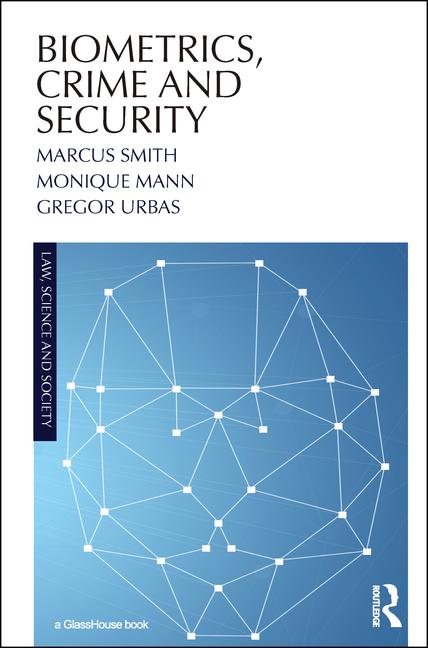How collaborative technology creates secure urban spaces

Image via Unsplash
Community safety tops the priority list in communities across the country. Yet police departments today face many challenges, including staff shortages, budget cutbacks and operational demands that take time away from solving crimes.
Developing partnerships within the community is a proven and cost-effective tactic to help police improve efficiency and effectiveness and enhance neighborhood safety. To make a smart city a safe city, law enforcement teams can incorporate information gathered from physical security systems from both the private and public sectors. Such solutions not only achieve security goals but also improve emergency preparedness, increase situational awareness and enhance operational efficiency.
The key is to collaboratively gather input from all stakeholders. Community partners can work in unison, instead of in separate silos, to efficiently use information collected daily.
Healthy partnerships with police also increase the sense of ownership within the community. Citizens and local leaders are more likely to take action to create more welcoming spaces or actively work to resist signs of urban decay. Likewise, increasing the visibility of police and the existence of community safety partnerships can be a strong deterrent to criminal activity.
A streamlined solution
One popular method of collaboration is a community camera registry program. This solution aims to streamline police access to video evidence from private cameras so they can identify suspects and solve cases more quickly.
A community camera registry often emerges as a solution in areas with repeated incidents of crime. It provides a way for businesses and residents to partner up with police and contribute to building safer neighborhoods. In the past, these programs were primarily used by investigators following an incident. Technology now enables real-time crime centers to access selected video feeds directly.
Without a camera registry, officers must look for possible sources of video evidence, track down the owners, request access to the footage, and download the data. They then transfer it to another computer before beginning to view and analyze the contents. Each step takes time and is vulnerable to disruption or delay. The threat of data loss or tampering is also a concern.
With a camera registry program, police use a map or list to quickly locate cameras near an investigation site. The database includes contact information for the camera owner, so police can easily send a request to access their footage. The camera owner then uploads the file to a secure platform or grants direct access to video feeds. Built-in audit trails ensure that the chain of custody is always protected.
How it works
Community policing programs can be adapted to local needs. Whether you’re working with university campuses, public schools, transportation authorities, gas stations, or small corner shops, the program can be scaled to suit. Participants choose the level of involvement that fits them best and the conditions under which they will grant access to video files or live feeds.
The owner of the camera has full control over how they want to share their data and under what circumstances. For example, the camera owner can opt to allow access only if there’s an emergency or in the event of a threat. Privacy protection is built into the solution, so only authorized people can view or share protected files.
A winning solution for police, community leaders, businesses and citizens
A community camera registry benefits everyone in the community. Citizens feel safer and empowered to contribute to proactive problem solving in collaboration with local stakeholders. Participating businesses benefit from a hassle-free and affordable solution that improves security around their store and neighborhood. They also gain access to new features, such as remote monitoring of their camera feeds, and may enjoy fewer losses from crime.
Using data from private security systems allows police to work more efficiently and effectively when responding to calls and investigating incident reports. In the event of an emergency, officers have more options to quickly assess a situation before they engage. As an example, if a natural disaster requires evacuating a section of the city, officers could use video from private camera systems to identify potential evacuation routes and check for any blockages or threats.
Community policing initiatives like these also strengthen relations with stakeholders and are a practical way to improve services without expanding security budgets. For police departments, increasing situational awareness improves officer safety. Investigation cycles are shorter, and the ability to access and analyze data from more sources makes it possible to gain new insights and allocate resources more efficiently.
Regardless of the ultimate goal, community members can work together to make important decisions and lay the groundwork for continued safety. Security system integrators play a practical role in advising local law enforcement and community leaders on the most appropriate approach for their community security needs.
Looking for a reprint of this article?
From high-res PDFs to custom plaques, order your copy today!









